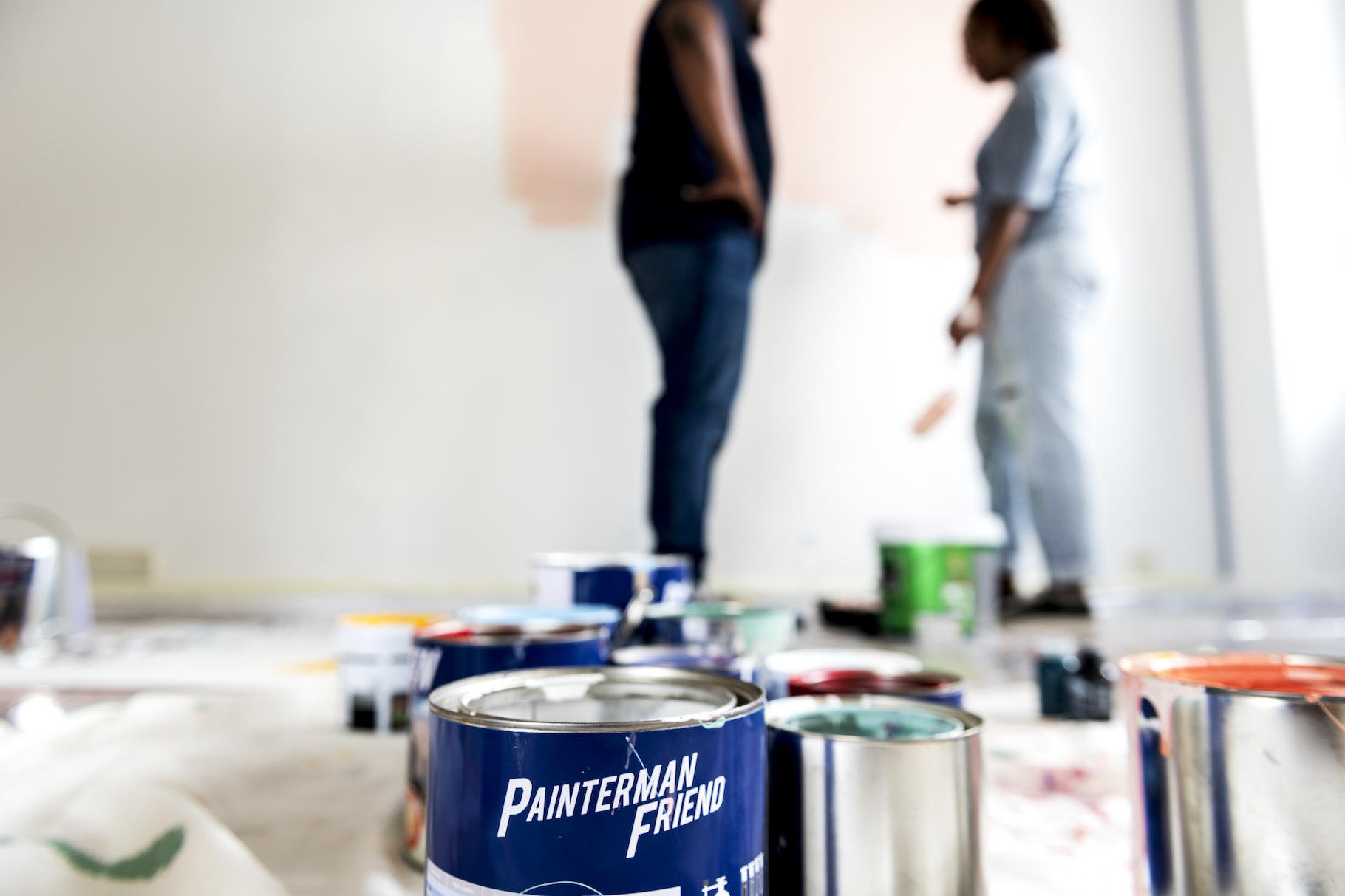General
5 Contemporary Approaches to Traditional Painting

Art has always been a reflection of society, changing as we do. While traditional painting techniques are timeless, contemporary artists are constantly pushing the boundaries to infuse new life and meaning to these methods. In this listicle, we’ll explore five exciting approaches that merge the old with the new, transforming the canvas into a vibrant testament to the modern world.
1. Algorithmic Art
Mixing Math with Masterpieces
Algorithmic art, also known as algorithmic planning, refers to the use of strict, formal coding to create visual art. Artists often write computer programs that include parameters for color, size, shape, and placement of components within a piece. Luckily, this doesn’t mean the death of creativity; rather, it’s a fascinating bridge between human intuition and the precision of code. Pioneered by artists like Harold Cohen, whose “AARON” program created unique paintings, algorithmic art creates a direct dialogue about the role of the artist and the methods of creation.
The artist sets the rules, and the machine brings them to life. A masterpiece can emerge from the results of a single run or be tweaked and refined through countless iterations. This process not only challenges the notion of artistry but also breaks new ground in understanding computer-human collaboration.
2. Mixed Media Mastery
The Fusion of Artistic Elements
Mixed media has been around for quite some time, but contemporary artists are taking it to new levels by incorporating an even wider range of materials and techniques. From combining acrylic with newspaper, to layering paint with metallics and fabrics, the mixed media approach creates depth and texture that’s hard to achieve through a single medium alone. This style is not only visually intriguing but also conveys a richer narrative, often tapping into cultural and personal themes.
Artists like Betye Saar and El Anatsui have shown the world how disparate materials can be brought together to create beautiful and thought-provoking visual experiences. The result is often a piece that demands a closer look, as the audience makes connections between the various elements, and between the artwork and their own experiences.
3. Neo-Impressionism
Pixels Meet Paint
Neo-impressionism, influenced by the original Impressionist movement, takes the concept of pointillism to a digital level. Artists such as George Seurat flexed this meticulous technique, wherein images are composed of distinct dots of color, then juxtapose with each other by the viewer’s eye to create the intended image. In contemporary neo-impressionism, digital tools allow artists to create complex, multi-layered compositions with a precision that was previously impossible with traditional media.
Unlike the Impressionist era, where the hand was visible, the hand of the artist working in the neo-impressionist domain is nearly invisible. This presents a new frontier in the age-old debate about the value of authenticity and the hand of the artist. At the same time, it offers a fascinating exploration of color theory, perception, and the role of the observer in the viewing process.
4. Hyperrealism
Beyond the Photograph
Hyperrealism challenges and often surpasses photography in its ability to capture subjects with an incredible degree of detail and accuracy. This contemporary painting style magnifies ordinary details to the point of abstraction, forcing viewers to engage with art in a new, almost scientific way. Unlike photorealism, hyperrealism doesn’t simply replicate; it heightens the contrast, sharpens the focus, and plays with light and shadow to create an almost palpable presence.
Artists like Chuck Close and Audrey Flack have used this style to challenge viewers’ perceptions, with paintings that, from a distance, seem to be photographs. Up close, however, the detail reveals the carefully calculated brush strokes that bring the image to life. Hyperrealism’s attention to detail and verisimilitude meditates on the paradox between artificiality and reality.
5. Eco-Friendly Art
Painting with a Conscience
With a growing global consciousness about the environment, artists are exploring eco-friendly materials and techniques. Vegetable-based paints, natural pigments, and even reclaimed canvases are becoming increasingly popular among artists who wish to reduce their environmental impact. But eco-friendly art isn’t just about the materials; it’s also a celebration of the natural world and a call to action.
Artists in this movement infuse their work with themes related to conservation, sustainability, and the relationship between humanity and nature. One notable contemporary advocate for eco-friendly art is Christo, who was an early adopter of using recyclable materials and who wrapped landscapes to raise awareness of their fragility. Eco-friendly art is not just a trend; it’s a statement about the world we live in, our responsibility to it, and the potential of art to change our attitudes and actions.
In conclusion, contemporary art isn’t just a continuation of tradition; it’s an ongoing conversation between the past, present, and future. These five approaches to traditional painting show how art can evolve, respond to cultural and technological shifts, and remain vibrant and relevant. They represent a small glimpse into the vast and endlessly varied world of contemporary painting, where the canvas is a reflection not only of the artist but also of the world that inspires them.





















